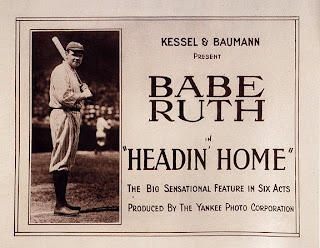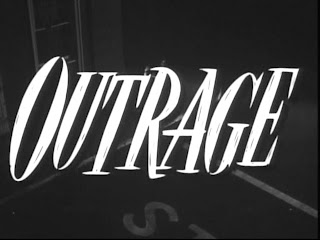 The Scoop:
The Scoop:Rock, rock, rock bottom is more like it.
This is easily the worst of the early wave of rock and roll movies. The plot -- which is amateurishly directed (by Will Price) and written (by Milton Subotsky, who also served as musical director), and little more than an afterthought -- is about a high school girl (played by Tuesday Weld with her singing voice very obviously dubbed by Connie Francis) who becomes a loan shark to afford a prom dress. Meanwhile, Alan Freed does a TV show with an endless parade of '50s rock acts, including Chuck Berry, the Moonglows and Frankie Lymon and the Teenagers.
These musical interludes provide the only redeeming aspect of this movie, of course, but they can only go so far. Especially when Freed himself sings a song. It takes a special appreciation for bad moviemaking to sit through this one without reaching for the fast-forward button to find the next musical act.
Best Line:
The line from Ivy "Baby" Schulmann's song "Baby Wants to Rock" which sounds like "I don't want a lollypop in my ass," but probably is something else entirely.
Side Note:
One of the anonymous teens providing background ambience for Weld's shenanigans is a young Valerie Harper.
Companion Viewing:
"Mister Rock 'n' Roll" (1957).
Links:
IMDb.
Hollywood Teen Movies.
Take a Look:
The trailer:









